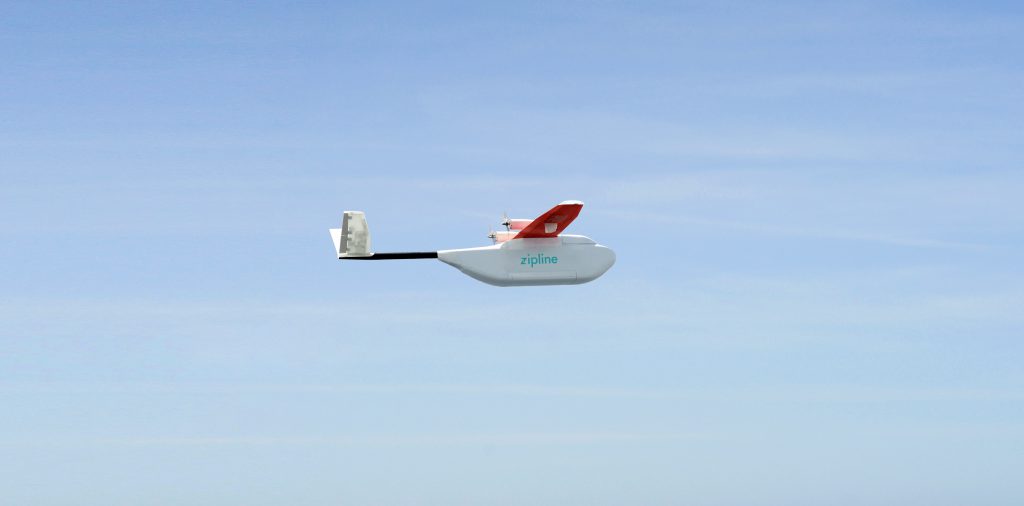http://dronelife.com/2016/10/18/drone-delivery-winners-losers/
 Drone delivery is big news, with drones delivering everything from blood platelets to burritos. While drone delivery has been a hot topic in the drone industry for sometime, there aren’t many companies who are making it work now. We’ve put together a list of drone delivery’s winners – and losers. The results might surprise you.
Drone delivery is big news, with drones delivering everything from blood platelets to burritos. While drone delivery has been a hot topic in the drone industry for sometime, there aren’t many companies who are making it work now. We’ve put together a list of drone delivery’s winners – and losers. The results might surprise you.
The Winners: Small and Easy to Work With
The winners so far in the delivery segment aren’t the big players that have made “drone delivery” a common phrase. Instead, they are mostly smaller independent startups, nimble enough to work with regulators and move to locations that are ready for their offering.
- Flirtey. “Flirtey is making drone delivery possible for everyone,” says the company’s website. “We’re building an industry, not just a company.” It may just be true. The company was founded in New Zealand but was able to establish a base in Nevada in order to work with the FAA on drone delivery testing. Because of their close relationship with the federal authorities – and their proximity to Nevada’s test sites and desert – they’ve racked up a series of drone delivery “firsts.” Flirtey made the first medical drone delivery over a year ago, delivering supplies to a rural Virginia clinic. Since then they’ve partnered with the FAA to demonstrate ship-to-shore delivery, rural household delivery, and urban delivery – delivering a Slurpee and other items from convenience retailer 7-Eleven. Flirtey is an independent drone delivery service, so they’re willing to partner with any retailer or service, and deliver anything.
- Zipline. Zipline’s tagline is “The future of healthcare is out for delivery.” Zipline is a small San Francisco start up that specializes in rural delivery of healthcare supplies. They found a buyer for their services all the way across the world, in Rwanda, where they’ve made a deal with the Rwandan government to deliver to clinics located in inaccessible locations. Their special method of sending supplies down by parachute – without landing the drone – means that deliveries can be made to all types of terrain. While Rwanda was their first client, their successful launch there has meant business in the US, too. The company has partnered with three US healthcare companies: Ellumen, ASD Healthcare, and Bloodworks Northwest. They plan to make deliveries to Smith Island, Maryland and San Juan Islands, Washington.
- Matternet. This Menlo Park company is focused on designing delivery drones and the “intelligent control software” for an “automated aerial logistics” solution. The drone is sleek and powerful, and the company seems to be also. Their first flagship partnership was with international NGO Unicef to deliver HIV medicines to children in Malawi as a test scenario. Since then, they’ve made big news by partnering with Mercedes-Benz to develop a concept van with drone docking on the roof – and they’ve announced a new partnership with Daimler. The result can be quantified by the funding they’ve attracted. As of early August the company had raised $9.5 million of a targeted $11.5 million, with a list of over 36 investors.
The Losers – So Far: Bigger Isn’t Better
While the early winners are small and flexible, it’s the big players who are still losing – so far. But fear not; these companies have the most to gain when drone delivery does become an everyday occurrence. Their early investment has every hope of paying off in the long run.
- Walmart. Walmart has made it clear that they’re invested in drones – and drone delivery. The retail giant is among the big companies to announce that they are testing drone delivery, and they’ve invested in research about using drones for warehousing functions, too. But the large organization will need to see significant changes in both regulations and the way that stores and supply routes are organized in order to realize the benefits of drone delivery.
- Google. Alphabet (Google’s parent company) has been working on “Project X” for some time now. They’ve taken out patents on new drone delivery logistics system, and they’ve made arrangements with the FAA to perform tests of drone delivery at authorized testing sites. They’ve been working on drones delivering the Internet, drones delivering mail, and emergency drones delivering cardiac equipment and advice. But so far, the only real drone delivery they can do is to deliver Chipotle burritos on the VA Tech campus (VA Tech is a designated testing site.) And those deliveries can only be about a tenth of a mile, to stay within required visual-line-of-sight (VLOS) regulations.
- Amazon. Amazon has invested heavily in drone delivery – becoming one of the largest lobbyists in Washington in an attempt to get its vision for drone integration across. They’ve taken out patents on various logistics ideas, and traveled to drone shows all over the world presenting their idea of a “federated airspace model” which would allow drone delivery to work with other aircraft. So far, they’ve been unsuccessful. Despite their efforts, the company was forced to test their drone delivery program outside of the US, in the UK. But Amazon hasn’t given up – the prize of owning their own distribution system, and utilizing autonomous drones, is too big to abandon.
Drone delivery won’t be part of everyone’s life until full drone integration happens, and the regulations change to allow it. But in the meantime, small companies are scooping up the rewards – while the larger ones are still in investment phase.